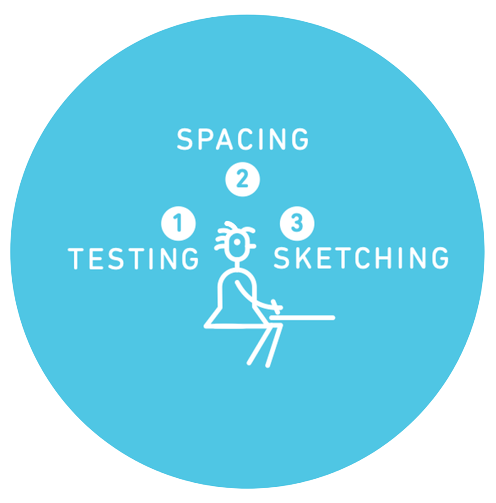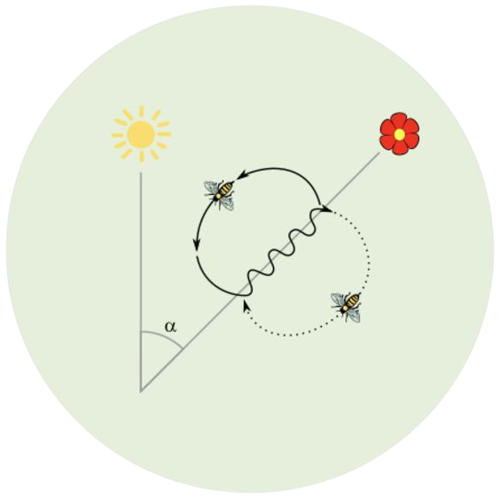hi everyone)
I am Sofia Yankovich
I am a Computer Science student
I would love to share with you my beloved study technique

So how does it work?
Pick a task you want to get done (eg. fixing a specific bug, writing
a blog post) and set a timer for 25 minutes. You could use a ticking
kitchen timer if you want to go old school, but if you work in an
open office that might not be the best idea.
When those 25 minutes are up, set the timer for five minutes. What
do you do in those five minutes? Take a break.

How should you space your learning?
Start planning early – the beginning of the semester, or even
earlier. Set aside a bit of time every day, just for studying, even
if your exams are months away. Review information from each class,
but not immediately after class. A good way to do this is to reserve
some time one day after each of your classes meet.Spacing your
learning doesn’t mean you won’t be studying at all right before the
exam. You can still study up until the exam – but instead of only
studying then, spread it out so that you’re studying days and weeks
before the exam as well.

Make your own practice questions/quizzes. Initially, read and test yourself over new material (this type of test is called “free recall”). Then while the material is still fresh, go back and write a few questions to use as practice quiz questions. Testing yourself with specific questions is known as “cued recall,” because the question itself reminds you of the topics to be remembered. Use your practice questions to self-test each time you study. Cued recall questions make self-testing a bit easier than trying to remember and write down everything you remember as in free recall.
Try in now
When you are learning two or more related concepts or skills, instead of focusing exclusively on one concept or skill at a time, it can be helpful to alternate between them (for example, if you are learning topic A and topic B, rather than practice only A on one day and only B on the next, you can practice both on each day by incorporating a mixture of the two topics or by switching back and forth between them). Examples of materials that interleaved practice can benefit include similar types of math problems (for example, calculating volumes of different shapes), easily confused grammatical tenses, and similar classes of visual stimuli.
Give it a trySo what did i gained using this technique?

It was really hard to pull myself together. I needed to change my learning methods to reach my goal I went on Youtube and found lots of work-life balance content. I was so inspired and try them. Some of them worked for me some of them didn`t. But the results were obvious I stopped feeling swayed in my uni task and started doing sport again. I also started to pay more attention to what I eat and my screen time. Basically, my time management skills were so awful but I combat it.
This study technique helps me to learn that I don`t need to reread my notes lots of time or that simply rewriting lection`s materials is a useless staff. They show me how to learn more in a short time. As a result, it became my academic weapon, and I did well on my exam without sacrificing my time wholly